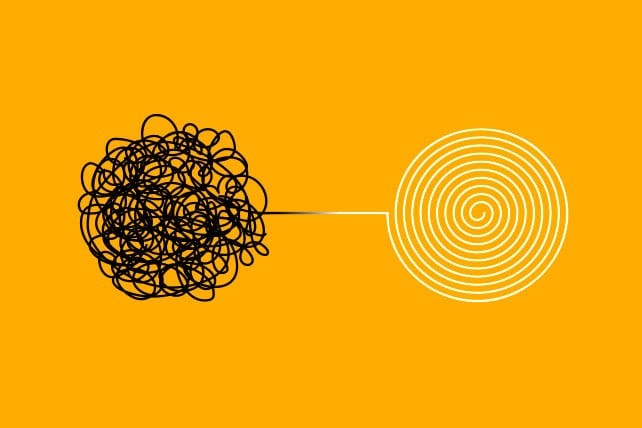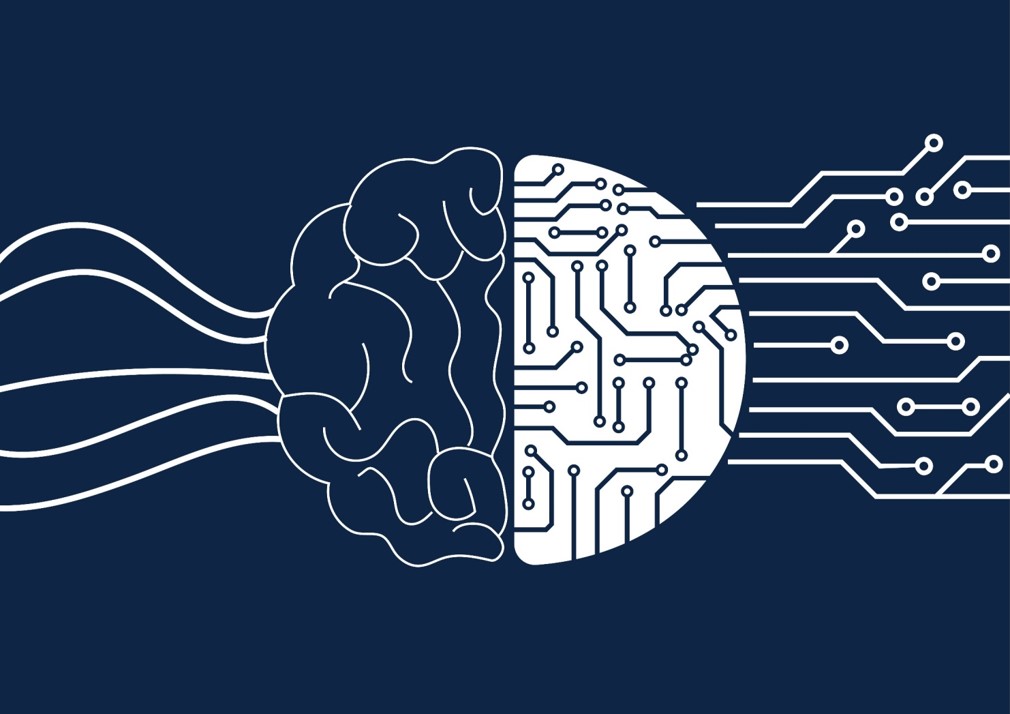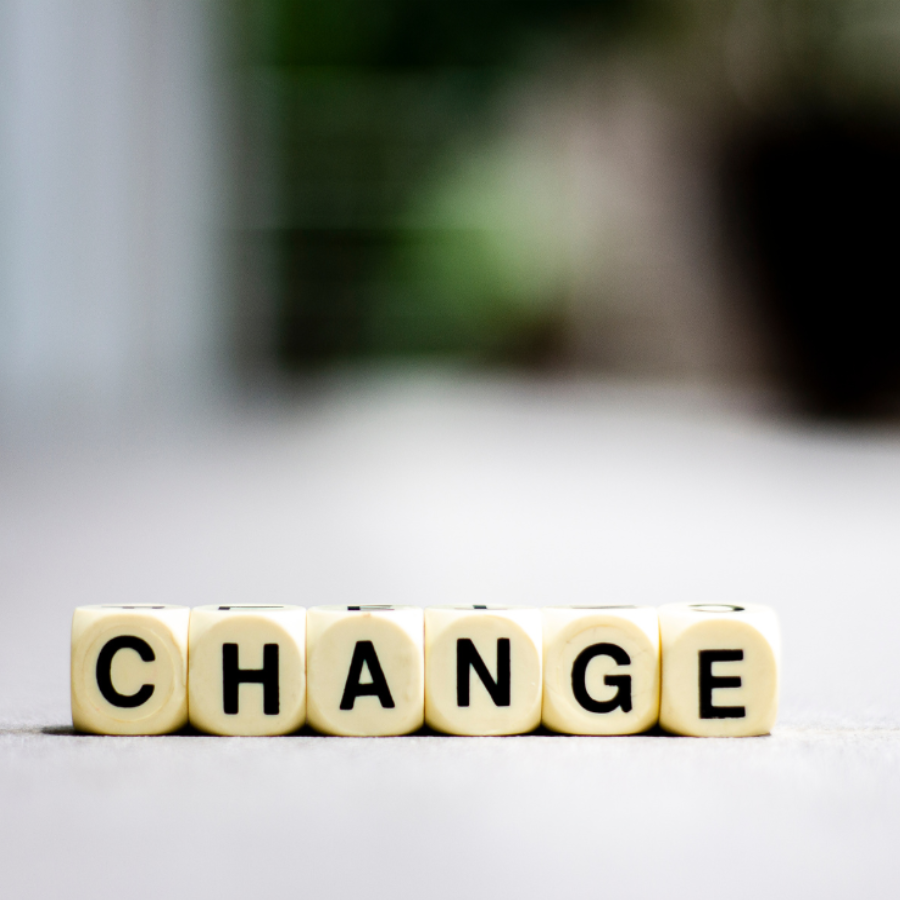Put simply, behavior change is what it sounds like: the practice of changing people’s behavior.
Although it’s become a buzzword in recent years, behavior change is better thought of as a methodology, rather than a magic bullet solution to a given challenge. From our perspective, this means starting with a realistic understanding of how and why people behave the way they do. Traditional attempts to influence the way people act are often based on communications and awareness-raising, but one of the most important aspects of a behavior change approach is acknowledging that for most people, knowing you should do something and doing it are not the same thing.


Exploring the intricacies of human behavior necessitates delving into the realm of biology. Stanford neurobiologist Robert Sapolsky’s research has been instrumental in shedding light on the complex neurological and biological factors that shape our actions and decision-making processes. As we continue to unravel the interconnections between biology and behavior, the insights gleaned can be harnessed for fostering positive changes in behavior. Sapolsky aptly notes, “We are gaining a deeper understanding of the biological foundations of our behavior, enabling us to cultivate more favorable outcomes.”
Most of our behavior is habitual. Behaviors become automatic when repeated over time.
A good example of this is driving. When you learn to drive, it requires conscious effort to learn and remember all the right steps — “mirror, signal, maneuver,” anyone?
But as time goes on, those actions form habits.
This happens when you’ve practiced them so often that they become automatic.
Successful behavioral change is hard because our brains get stuck in fixed patterns.
But the same mechanism that fixes our problem behavior as mental habits is often the solution to changing them.
In our Communication Skills Training program, we go beyond the basics, delving into the intricacies of impactful communication. From honing verbal and non-verbal nuances to refining storytelling abilities, our program ensures that your messages not only resonate but leave a lasting and meaningful impression.
Our Behavior Change Communications Training delves deep into the psychology of influence. Designed for leaders, communicators, and dynamic teams, this program provides the tools and knowledge needed to navigate the intricate landscape of inspiring positive change.

How ready are you to change your current behavior? Are you changing for yourself or someone else?
Awareness of the benefits of your target behavior will help you stay motivated.
It will also increase your resilience and ability to overcome setbacks.
Are your current circumstances preventing you from changing?
Identify any barriers to behavior change and list any possible solutions.
If you want to make lasting change, you will face obstacles and setbacks along the way.
Being aware of possible challenges will help you prepare for and overcome them.
According to the transtheoretical model of change, there are six stages of behavior change.






Now that you understand the elements of change and the six stages of behavior change, it’s time to put them into action.
"*" indicates required fields
© 2024 GRIFFIN COMMUNICATIONS, All Rights Reserved.
Chat Now